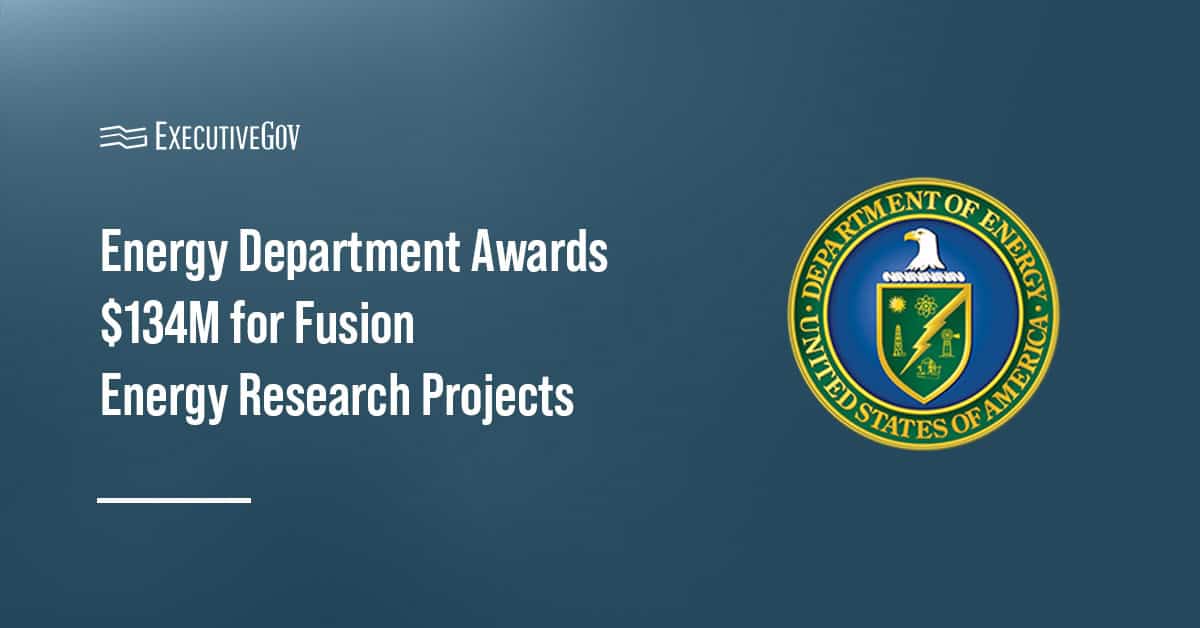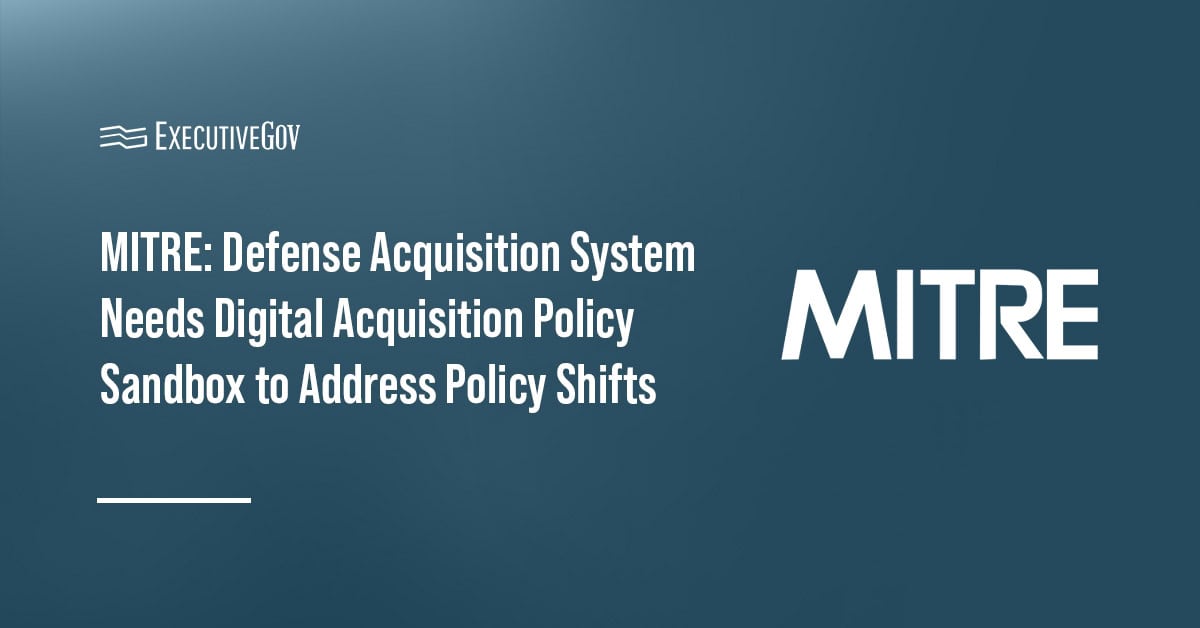
Maj. Gen. Mark Westergren — former deputy commander of U.S. Strategic Command‘s Joint Functional Component Command for intelligence, surveillance and reconnaissance — has been appointed deputy chief of the National Security Agency‘s Central Security Service organization.
The Defense Department said Tuesday U.S. Air Force Chief of Staff Gen. Mark Welsh assigned Westergren to his new role at CSS on Dec. 17.
CSS provides support to the cryptologic community across the U.S. military and is in charge of NSA’s signals intelligence and information assurance policy.
Westergren has served as deputy commander at JFCC-ISR since September 2014.
He has previously held other ISR leadership roles in the Air Force and served in several staff, command, operational and joint assignments in the U.S. and abroad.
Related Articles
The Department of the Treasury has partnered with the GSA to launch the Savings Award for Verified Efficiencies, or SAVE, Program to reduce wasteful federal contract spending. The joint initiative aims to deliver considerable savings while keeping focus on mission readiness, Treasury said Wednesday. Building on Defend the Spend Success The SAVE Program builds on lessons from GSA’s Defend the Spend initiative, which highlighted ways to use federal contracting funds more efficiently. Treasury has expanded the model to involve federal employees in savings initiatives and recognize and reward them for their efforts. Under the SAVE program, Treasury GS and GS-equivalent
The Department of Energy is providing a total of $134 million in funding for new research projects selected under its two programs aimed at keeping the United States’ lead in the fusion energy technology development. The funding seeks to strengthen collaboration between the private fusion industry, DOE national laboratories and universities, accelerating progress in fusion research and innovation, the department said Wednesday. FIRE Team Awards The awards include $128 million for seven research teams chosen for the Fusion Innovative Research Engine, or FIRE, collaboratives of national labs and academic institutions. The FIRE teams’ projects aim to build a national fusion
MITRE is proposing the development of a digital acquisition policy sandbox, or DAPS, to help the Defense Acquisition System address challenges brought by a new wave of changes in statutes, executive orders, or EOs, and departmental policies in a new paper published Friday. Titled The Defense Acquisition System Digital Acquisition Policy Sandbox, the paper says the DAS can take advantage of the diagnostic platform to effectively maneuver through the changes and lessen program disruptions. Ensure you’re part of the discussion about the latest defense acquisition reforms at the Potomac Officers Club’s 2025 GovCon International and Global Defense Summit on October





